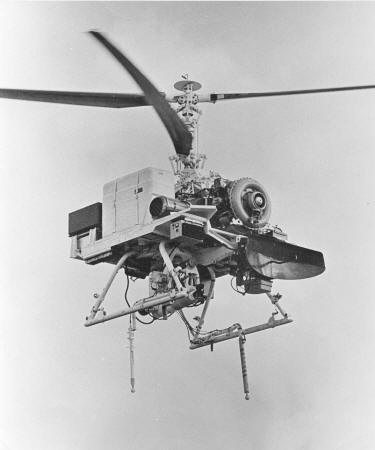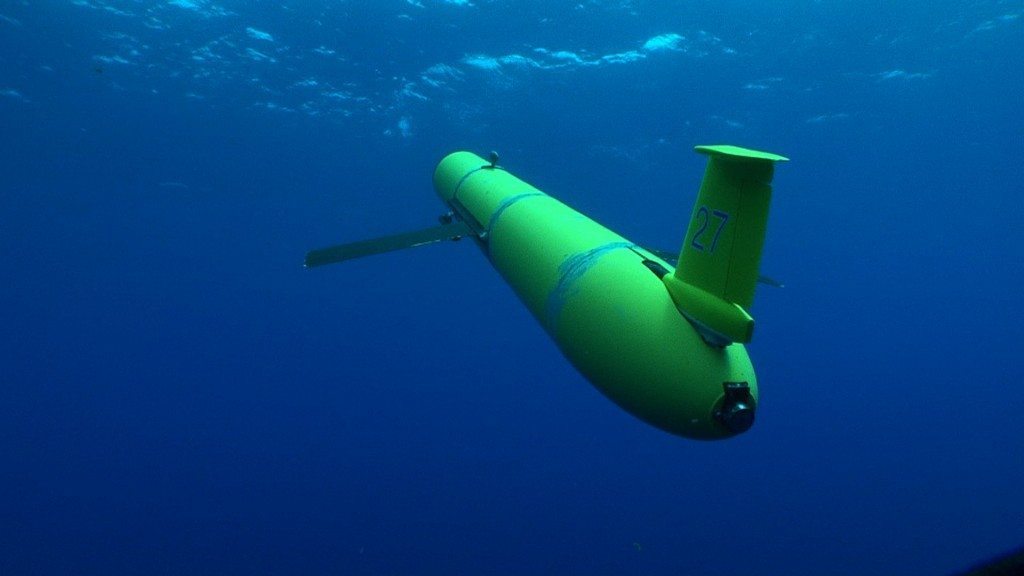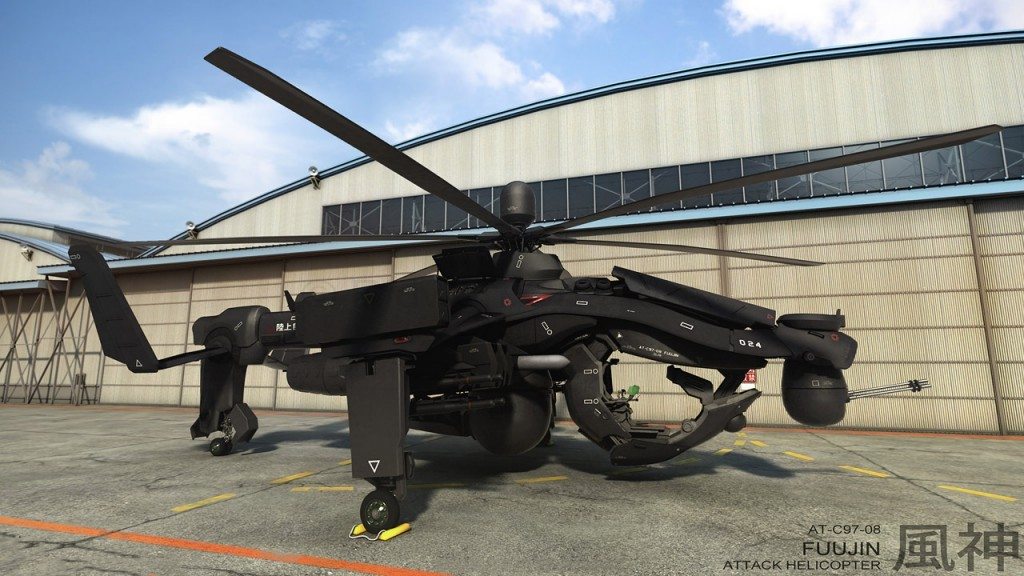by Daniel D Lion
The movie BLUE THUNDER (1983) Francis McNeil “Frank” Murphy (Roy Scheider) is a Los Angeles Police Department (LAPD) helicopter-pilot-officer and troubled Vietnam War veteran with Post Traumatic Stress Disorder (PTSD). His newly assigned field partner is Richard Lymangood (Daniel Stern). The two patrol Los Angeles at night and give assistance to police forces on the ground.
Murphy is selected to pilot the world’s most advanced helicopter, nicknamed “Blue Thunder”, a military-style combat helicopter intended for police use in surveillance and against possible large-scale civic disobedience during the forthcoming Olympic games. With powerful armament, stealth technology that allows it to fly virtually undetected, and other accoutrements (such as infrared scanners, powerful microphones and cameras, and a U-Matic VCR), Blue Thunder appears to be a formidable tool in the war on crime.
But when the death of city councilwoman Diane McNeely turns out to be more than just a random murder, Murphy begins his own covert investigation. He discovers that a subversive action group is intending instead to use Blue Thunder in a military role to quell disorder under the project codename THOR (for “Tactical Helicopter Offensive Response”), and is secretly eliminating political opponents to advance their agenda.
Murphy suspects the involvement of his old wartime nemesis, former United States Army Colonel F.E. Cochrane (Malcolm McDowell), the primary test pilot for Blue Thunder. Murphy and Lymangood use Blue Thunder to record a meeting between Cochrane and the other government officials which would implicate them in the conspiracy. After landing, Lymangood secures the tape and hides it, but is captured upon returning to his home, interrogated, and killed while trying to escape. Murphy steals Blue Thunder and arranges to have his girlfriend Kate (Candy Clark) retrieve the tape and deliver it to the local news station, using the helicopter to thwart her pursuers.
Two Air National Guard F-16 fighters are deployed to deal with Murphy, but he manages to shoot one down and evade the other until the operation is suspended. Cochrane, disobeying orders to stand down, confronts Blue Thunder in a heavily armed Hughes 500 helicopter, and after a tense battle, Murphy is able to shoot him down by executing a 360° loop through use of Blue Thunder’s turbine boost function. Murphy then destroys Blue Thunder by landing it in front of an approaching freight train.

With advancing technology the issue of unmanned aerial drones is becoming a centerpiece of America’s national security abroad and on our homeland. Drones are unmanned aircraft that can fly well above the sight of vision, are extremely quiet, and can stay up for periods of greater than 15 hours.
The United States uses drones to listen, locate, and use surveillance systems to track down extremist across the globe. Most drones are loaded with a deadly payload of weapons that have precision accuracy.
These are slowly being acquired by law enforcement agencies across the United States and being deployed within our borders. This has raised privacy concerns from citizens and lawmakers across the nation.
What privacy laws can we expect from these agencies that our 4th Amendment rights are protected? Where and who is going to be in charge of the oversight policy of drone control? There are no laws governing use of unmanned vehicles so what can American citizens expect in the future with this evolving technology?
The first known use of unmanned drones were in Vietnam but they were known as Remotely Piloted Vehicles (RPV). These were relatively low flying vehicles that were only limited to still photography, and the United States noted the tactical advantages to these RPV’s. Now there are an unknown number on how many different type of drones, which is only known to the Department of Defense.

They can fit from the palm of your hand to the size of a jet that altitudes on some that can exceed 40,000 ft. Unmanned drones have what is called Intelligence, Surveillance, and Reconnaissance (ISR) acquisition equipment that assist commanders in wartime military operations to make critical decisions.
They have been carrying out missions on a global scale non-stop since the September 11th attacks to conduct counterterrorism operations. The first ever drone strike was near the Pakistan and Afghanistan border.
According to the Congressional Research Report 2012, “The United States Department of Defense (DOD) budget has grown from $284 million in fiscal year 2000 to $2.5 billion in fiscal year 2008” (Grimmett, 2012). The United States can conduct strikes from thousands of miles away without putting any American lives in danger.
We have used these drones in the Osama Bin Laden Raid, Surveillance over Iranian Nuclear Facilities, and we have conducted strikes in joint missions with foreign governments on terrorist training camps using these point precision targeting assets.
Our leaders can sit in the comfort of their offices and watch missions be carried out just like President Barack Obama and his staff did during the Osama Bin Landen raid. Our leadership can covertly infiltrate foreign countries without even risking one service member’s life. The U.S. Navy has even used unmanned underwater drones used minesweeping operations around the world.
Since the United States Military is having success abroad with drone use, the local law enforcement agencies have adopted the same use of the technology without deadly payloads. This has raised concerns over our 4th Amendment in the Bill of Rights which states “The right of the people to be secure in their persons, houses, papers, and effects, against unreasonable searches and seizures, shall not be violated, and no warrants shall issue, but upon probable cause, supported by oath or affirmation, and particularly describing the place to be searched, and the persons or things to be seized” (The Constitution of the United States, 1787).

There is technology out there where cell phones can be tracked but will the government implement these strategies that are routinely carried out in foreign countries? It’s only a matter of time and money when this is going to go fully operational.
Three American citizens have been killed in foreign countries without ever being charged with a crime. I’m biased because they are linked terror attacks around the world and they should have no rights. They don’t feel any compassion about the lives they are ruining thru their terrorist acts. Two citizens were linked to terrorist organizations and were a threat to our national security but the government never granted them a due process which is an infringement to our 5th Amendment. The third was a citizen but was the 16 year old son of a terror suspect. Just because his father was a terrorist doesn’t make him one and because they weren’t on American soil it was given the green light to capture or kill them at all cost. This shows that the government can make critical decisions at any time that could jeopardize our national security. There is less red tape when it’s not on American soil. This just shows what actions our government can take against our own citizens.
In February 2012, President Barack Obama signed into law that the “Federal Aviation Administration (FAA) Modernization and Reform Act to integrate drones into the civilian workforce and to figure out a system on how to implement their use by 2015” (Grossmann, 2013). All uses other recreational will require certificates by the FAA.
These unmanned vehicles however do have a spot in the civilian workforce. According to the Association for Unmanned Vehicle Systems International (AUVSI) “more than 500 companies pitched drones for filming crowds and tornados and surveying agricultural fields, power lines, coalfields, construction sites, gas spills and archaeological digs” (Grossmann, 2013).
Foreign governments have started using them to track endangered species, fertilize farms, and survey melting ice in the Arctic Circle. The possibilities are endless for purposeful use other than intelligence gathering.
There is such a rise in interest of drones that according to the FAA, there will “30,000 drones in U.S. airspace by 2020” (Wolverton II, J. 2012). The local law enforcement agencies want to put non-lethal tactics on these surveillance vehicles such as tasers and beanbag guns which are already carried by the police officers in their vehicles. Unmanned drones will have to fly way to low and there can be potential for mistaken identity and wrongful death cases. The drones will have potential to fly into other aircraft in that already populate the U.S. airspace. If this happens who will assume responsibility of these actions? There has to be some kind of chain of command that can be held responsible in these cases.
There are already loopholes because of the Florida Supreme Court Case Florida vs. Riley. In this certain case a plane piloted by a human was conducting surveillance over a suspected marijuana plant in Florida. The police didn’t have a search warrant while conducting surveillance over the property so the defendant ask for the evidence to thrown out. It wasn’t thrown out because according “there is reason to believe that there is considerable public use of airspace at altitudes of 400 feet and above, and because Riley introduced no evidence to the contrary before the Florida courts, I conclude that Riley’s expectation that his curtilage was protected from naked-eye aerial observation from that altitude was not a reasonable one” (Florida vs. Riley, 1989).
Since homeowners don’t own the sky’s above their property it didn’t matter that there was no search warrant. There are laws governing the use of drones right now but the political debate has begun in Washington D.C. due to privacy concerns of citizens. Individual states have begun their debates on whether to introduce their own legislature on domestic drone use. Local leaders will determine to adopt additional laws to protect their citizens from surveillance use.
There are virtually no laws yet governing the use of unmanned drones in the United States. With their future roles in the United States, the governing and oversight policies need to be in place so there will be no ambiguity on proper use on which drones can be utilized on the civilian populace. We cannot give up any more freedoms without infringing on our rights as citizens.
Our elected leaders and citizens must step up and voice our concerns of the 4th and 5th Amendments, so that we can continue to live in a free nation. We are surrounded by surveillance technology that tracks every move we make without knowing it. There are clearly positive and negative agendas with the pursuit of drone use in the United States, but since our tax dollars foot the bill, citizens need to be educated on their use and capabilities. This needs to be a carefully thought out process so proper protocols can be drawn so that there are no grey areas to laws governing the use of drones.
Blue Thunder was fiction but was it also a foreshadowing of more grave things to come for us?
*The views and opinions expressed on this website are solely those of the original authors and contributors. These views and opinions do not necessarily represent those of Spotter Up Magazine, the administrative staff, and/or any/all contributors to this site.
Originally published Published on: Jan 1, 2017 at 04:00



